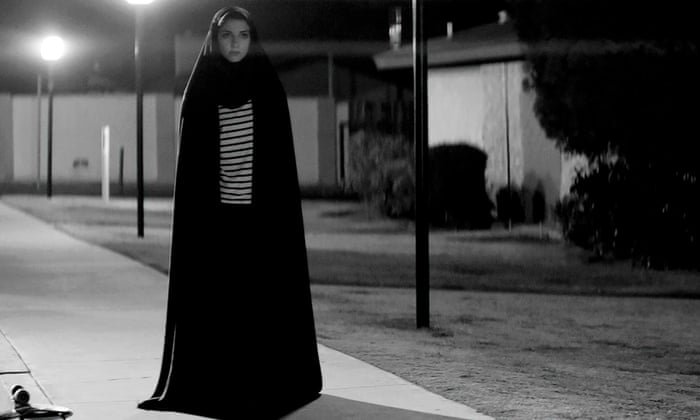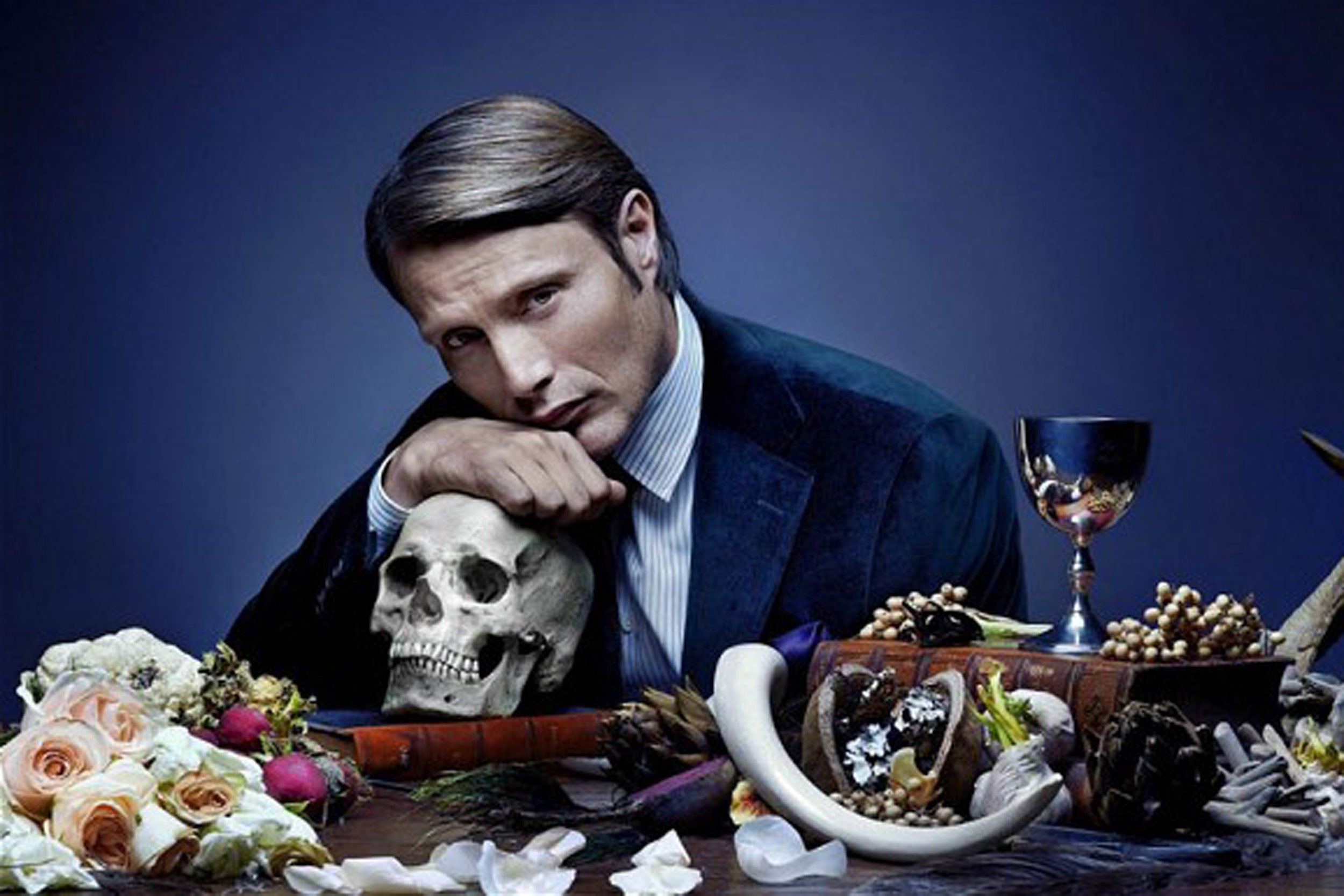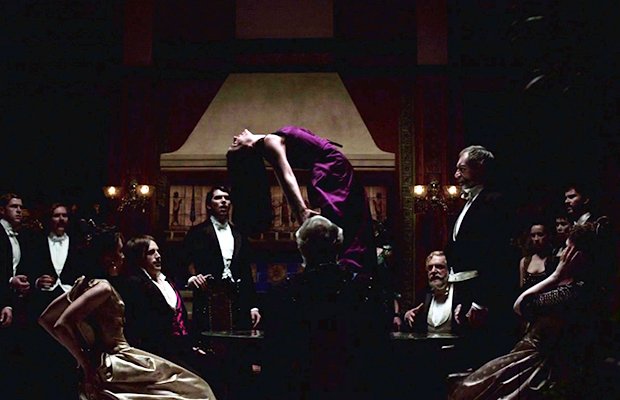OCT 10, 2021
I had never had Concord grapes before I moved to New York. Named after the Massachusetts town where they were developed, they’re not exactly easy to come by in the southern United States. The first year I lived in the city, I was at the Union Square Farmers Market, and one of the stalls was giving away samples of these blue-black grapes, the skin frosted by a white bloom. I popped one in my mouth, and it was a revelation: in this little sphere was the concentrated flavor I knew only from purple sugar-water popsicles, corn syrup laced sodas, and drugstore candies. The flavor that those barely sweet grocery store grapes made me think was born in laboratory had a real, natural, grows-on-a-vine origin! But the real deal is so much more complex than what “grape flavor” approximates. The aubergine-colored skin has a sophisticated musky floral note while the juicy flesh tastes just like a purple Sweet-Tart.
Every year, I look forward to the brief season when these Platonic grapes come to market, and I started thinking about making a drink with them a few months ago, but I kept coming up with and scrapping ideas before I even tried them. Even though 90% of the time when I try making a drink, it’s at least drinkable, if not something that I’d put out into the world, for some reason I was afraid to experiment with these precious grapes. I didn’t want to waste this delicious fruit, with its oh-so-brief season, if the drink didn’t turn out well!
I wanted a no-alcohol drink that really let the special flavor of these grapes shine, but I wanted to stay away from carbonated mixers so it didn’t drink like a glorified grape soda. To make sure the fruit was the focus of the drink, I needed a base that that wouldn’t overpower the flavor, and while my first thought was Lyre’s White Cane Syrup, I had just run out of it perfecting and photographing last week’s Seelie Court, and imitation rum might be too tropical for this very New England flavor, anyway. While alcoholic vodka is the default when a bartender wants to add booze without a complicating flavor, the dry-bartender has to be more creative. Of all the base spirits, non-alcoholic vodka is the hardest to come by, because how do you replicate the flavor of something best known for tasting like nothing at all?
Turns out, what I needed was Free Spirits’ The Spirit of Gin, which I realized as soon as I tasted it earlier this week. Gin was the first spirit that non-alcoholic spirits producers tried to imitate en masse, and there are now dozens of options. In part, this is probably because the English, for whatever reason, were the first to really go all in on imitation spirits, and the English love their gin. But I’m sure gin’s very strong, singular flavor profile was a major factor. Juniper gives gin its bold evergreen tree resin aroma, and it isn’t present in any other common food or drink in the Western world (maybe anywhere?). Adding a bunch of it to a non-alcoholic spirit is an easy shortcut to something that tastes like gin just by process of elimination. As my mother (who is not a fan) says, gin tastes like Pine-sol, and whether you enjoy it or not, she’s not wrong.
To their credit, Free Spirits didn’t take the shortcut. While the Spirit of Gin does have some juniper, it’s more one component of the smell of an evergreen forest than the concentrated pine bomb of a freshly mopped public school floor. Capsicum fruit adds a bit of burn, offset beautifully by a watery, tart cucumber note. It doesn’t taste like vodka, mostly because it tastes like something, but it would be a perfect non-alcoholic substitute for most vodka cocktails, as well as a gin alternative. It adds an ephemeral “adult drink” accord to a sober cocktail without overwhelming it with a strong, specific liquor flavor.
Combining non-alcoholic gin and grapes, I realized that I was about 2/3 of the way to a mutated booze-free Negroni, so I added Lyre’s Italian Orange, a non-alcoholic Campari substitute. The bitterness of the Italian Orange softens the tartness of the grapes, and binds their autumn dark sweetness to the herbal Spirit of Gin and crushed rosemary. The result tastes nothing like a Negroni, though— it’s fruitier and leans a little sour instead of bitter, with a wonderfully jammy-floral violet note from using fresh grapes instead of a vermouth alternative.
You need to really break up the purple skins to get the beautiful deep magenta color and that grape-flavor-but-richer taste, and to release the oils of the rosemary, since there are so few leaves. Don’t use more leaves— rosemary is strong, and too much of it will tip the drink into floor cleaner territory— just make sure that you focus on really crushing everything into the liquid. Best technique is to press down into the bottom of the shaker with your muddler, and then twist. Take your time and don’t be afraid to muddle longer than you think (or to take a little sip out of the cocktail shaker to check the texture).
As for the name, in New England, the word “Concord” is pronounced as a homophone for “conquered,” something that I’ve always found hilarious. New Englanders will claim there is a difference between the two words, even while saying both words back to back and pronouncing them exactly the same way. And since I’m a sucker for a pun, no matter how obvious, I knew it had to be called the Conquered Grape.
RECIPE: The Conquered Grape
Ingredients
2 ounces Free Spirits’ The Spirit of Gin
1 ounce Lyre’s Italian Orange
20 Concord grapes
5-10 rosemary leaves
sprig of rosemary to garnish
To Mix
Thoroughly muddle the grapes and rosemary leaves with The Spirit of Gin and Italian Orange in a cocktail shaker, until the liquid is a dark red-violet.
Add ice to shaker and shake until well chilled, at least 30 seconds.
Strain into old fashioned glass over fresh ice.
Garnish with a sprig of rosemary.
Serving suggestions
One of my favorite things in the entire world, and to which I look forward every year starting around, oh, June, is going to Target once they’ve stocked Halloween decor. This year, I got the “Wild Gorechid” in the photo for this week’s cocktail, as well as another spooky fake plant with a silly pun for a name. Several years ago, I got a haunted radio that you can dial to different stations with music, news, and ads for and about ghosts, monsters, and witches. (Both of these will probably be featured alongside a drink before the end of October.) But usually I don’t even buy anything. The point is just to laugh at the terrible puns and the listen to the groan-worthy dad jokes that the animated talking objects make when you pick them up or press their buttons.
I love Halloween (in case that isn’t obvious), and it has always been my favorite holiday, but I’m ambivalent at best about horror as a genre of entertainment. The reason Target’s barking chihuahua skeletons and giggling ghosts are an annual pilgrimage to me is because haunted houses are right out.1 I need my scary cut with a big, heaping dose of silly, cute, or otherwise aesthetically pleasing, otherwise I end up sleeping with the lights on for a year, like I did after I saw The Ring.
Despite the completely uncomfortable feeling of terror that often keeps me awake at night when I try, I still want to watch scary movies and television. Sometimes, it’s just my reckless curiosity; if everyone is talking about some horror movie, I need to know what it’s about. Luckily, Wikipedia exists, so I can usually read the plot lain out in matter of fact terms without the visual images my brains stores in some diabolic mental camera roll, and cruelly photo dumps behind my eyelids as soon as I close them I to sleep.
Movies about possession are right out, as are haunted houses, poltergeist, and generally anything where women or girls are specifically targeted and horribly traumatized, victimized, or murdered. Female assigned bodies are so often the battleground on which the conflicts of horror movies are fought: teen girls lose their bodily autonomy and spiritual sanctity to demons, their physical safety and safety to poltergeist and telekinesis, their lives to slashers and psycho killers. Women are impregnated by devils, haunted by ghosts no one else can see, carried off by monsters, drained by vampires. They’re almost always the victims and are rarely victorious in the end, and if they are, it is always a pyrrhic victory that comes with losing friends, family, maybe children, and a whole boat-load of trauma.
But after a few decades of trial and error, I’ve figured out what I can watch as a bonafide scaredy-cat, and still get the satisfaction of self-induced creepy crawlies. While, obviously, everyone’s threshold for what is scary is different, and everyone’s fears are intensely personal, visceral, and completely irrational (after all, I don’t think I even believe in demons or ghosts, but they absolutely terrify me), these are the movies and TV shows I would recommend to my fellow horrorphobes who still want to watch something spooky this season.
In The VVitch, Anya Taylor-Joy plays Thomasin, a Puritan girl whose dad is a patriarchal nightmare who blames his teen daughter for every bad thing that ever befalls their family, and eventually decides she’s a witch on the basis of his much younger children’s accusations. While it does have some scenes where a girl gets tortured, in the end, Thomasin’s life actually improves. When does that ever happen to a girl in a horror movie?
Similarly, A Girl Walks Home Alone at Night features a wide-eyed, innocent-looking young woman who appears to be in her late teens/early 20s, and ends up being a lot more dangerous than the men who threaten her. Set in the fictional Iranian town of “Bad City,” this Persian-language movie shot in black and white in California stars Sheila Vand as a skate-boarding, eyeliner wearing hijabi vampire credited only as The Girl, who befriends a young guy trying to pay off the violent drug dealer and pimp his father owes money. Described as a “Persian-language horror Western film,” I’d also add Jarmusch inspired atmospheric indie slow burn to that jumble of descriptions.
Sometimes a change in tone is all that it takes to make the horrifying enjoyable for me. Brian Singer’s television adaptation of Hannibal, like its famous fictional serial killer, focuses so much on aesthetics that the gruesome is elevated to the sublime. Train to Busan is a Korean zombie film that moves so fast that jump scares are impossible, and while the adrenaline kick is high, it has the sustained intensity of an action movie, rather than the long stretches of anticipatory anxiety that often makes horror unbearably effective. Sean of the Dead has all the blood and guts of a legitimate zombie movie, but is so consistently hilarious that even the goriest bits are still funny.
Monster movies are also safe for me, though they often don’t scratch the scary movie itch for me. Of the original Universal Pictures monster movies, Dracula is campy but still creepy, while The Mummy and The Invisible Man don’t hold up nearly as well, but the 1931 Frankenstein still slaps. David and I did an episode of Screen Test of Time about it, and I can say unequivocally that it is better than any “serious” movies nominated for Best Picture that year. The shot compositions are consistently excellent, the acting is actually quite good, and the end is genuinely moving.
Speaking of endings (and classic Hollywood monsters), I’m always hesitant to recommend Penny Dreadful, and not just because the finale is awful.2 The series arc narrative of this prestige drama(?!), in which Frankenstein and his monster, Dracula, Van Helsing, the Wolfman, Dorian Gray, and a coven of witches all hang out together in Victorian London, is nigh on nonsensical with more dangling plot points than Cthulhu has tentacles. And yet I still love it, despite all of these caveats, because it’s gorgeous. The art direction is top notch, the cinematography is excellent, and even the score is memorable. The cast is stuffed full of acting powerhouses, among them Simon Russell Beale, Rory Kinnear, Patti Lupone, Helen McCrory (RIP), and Eva Greene, all dressed to the nines in exquisite suits and beaded velvet evening gowns, and let loose to chew fabulous scenery. Former teen heartthrob Josh Hartnett, pop star and Dr. Who companion Billie Piper, and one time (and only one time) James Bond, Timothy Dalton, all give surprisingly nuanced and interesting performances, as well. It’s not good, but it is delightful.
This should keep you busy for the next 3 weeks until Halloween, but I’d love to know what your favorite spooky-but-not-scary things to watch are. If you have recommendations, leave a comment or send them my way and I’ll share them in next week’s newsletter.
Until next week, remember it’s always 5:00 o’clock wherever you are if your drinks are zero proof! Cheers!
1 Except the one year that I got a bunch of friends together to go on the candle-lit ghost tour at the Merchant’s House Museum in the East Village, which was absolutely terrifying and which I will likely never do again. If you’re into ghost stuff, though, I highly recommend it.
2 The showrunner has always insisted that the show was not canceled, and that the, well, dreadful ending was not the result of him scrambling to put something together so the narrative had some kind of closure. Literally no one believes this.





